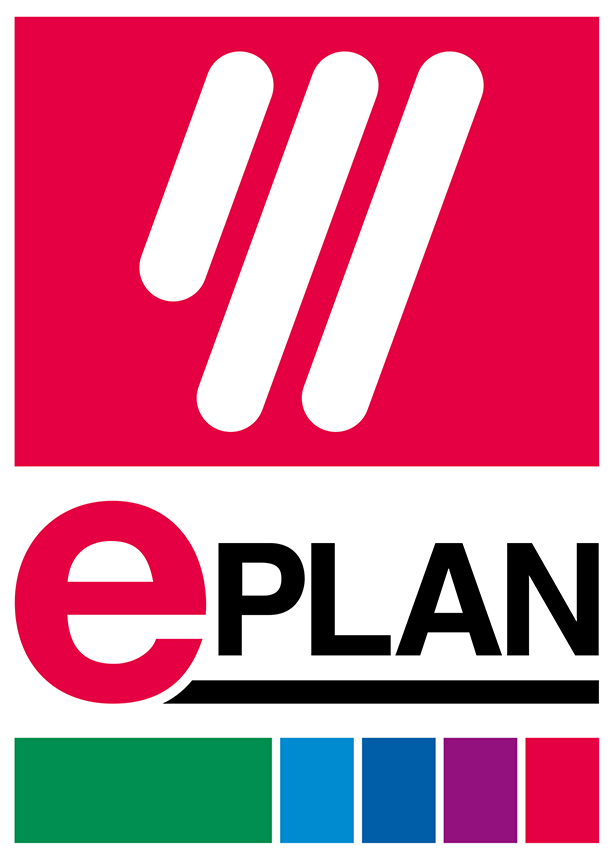
Mechatronics, the next wave in manufacturing, is creating a tsunami of innovation and efficiencies that will alter the landscape of engineering and production.
That is a heady, zealous statement, and one that can be backed up with experiences in the real world…a world that is already being disrupted with a convergence unlike any seen before.
So, what is mechatronics? It is a unification of the various disciplines of engineering; systems engineering, mechanical engineering, electrical engineering, telecommunications engineering, control engineering and computer engineering. It is a design route that brings synergy to the production process.
Integrating manufacturing with a mechatronic approach offers many benefits. Here we will offer a cursory overview of four of these benefits.
Improved Collaboration
Traditionally in engineering, each discipline worked independently, bringing their specific training and experience to a design and then forwarding it to the next engineer. This silo approach creates not just time inefficiencies, but a patchwork approach that doesn’t take full advantage of the team assembled.
Mechatronics takes advantage of the connection of machines and processes through sensors and software, that allow for the full automation of the production development. It also brings all stakeholders in a project together, allowing them to collaborate on a design project and determine the best way to perform the operations and address the customer needs collectively.
Modular Solutions
It has been found that up to 80% of machine tasks are a variation of what task it has performed before. By using a mechatronic approach, the engineering team can develop standardized modules that can be utilized as part of future designs. Using a modular solution for the bulk of the design not only speeds the design process, but results in better, stable product handling with documentation and coding embedded in the mechatronic modules. Over time, a library of these precisely designed components is developed that bring even greater efficiencies to the production process.
Streamline Production
The combination of these modular components, a synergistic team, and the connected factory create a faster, smoother and more stable design and production process. With each successive project, greater efficiencies are realized.
Not only are greater efficiencies realized, but the team members from the various engineering disciplines learn more about their colleagues’ roles and with each project, that team is better equipped to see their role in relations to these other disciplines. This leads to greater innovation as this synergy creates new machine control capabilities, new functionalities and creates new business opportunities.
The more modules that are developed lead to smaller machine footprints and new ways to connect them in ever expanding ways. The machines are easier to support because fully integrated modules don't require separate software.
These are just some of the ways mechatronic manufacturing is transforming production. High functioning software can add even more functionality and innovation to the process. EPLAN offers a solution that enables mechatronic configuration and automated documentation for sales, engineering and production. This means a reduction in time and cost in engineering as well as optimized documentation quality.





